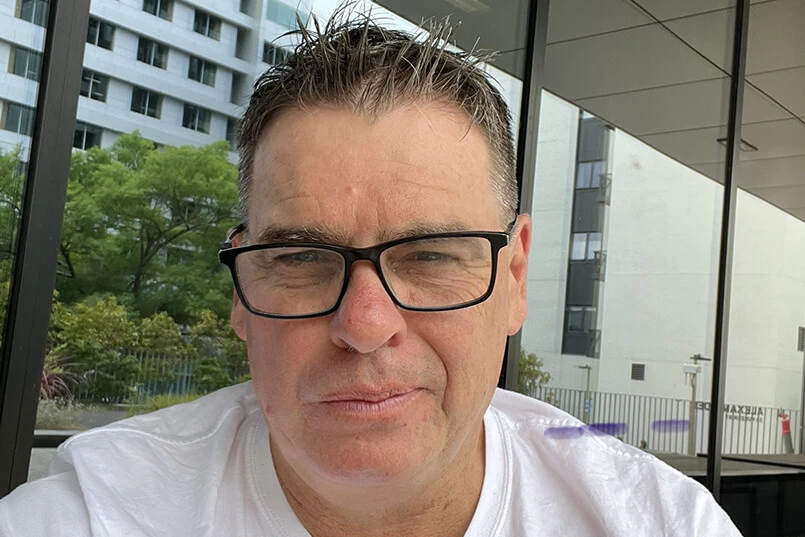In my experience, many people are too busy focusing on the primary task of selecting the right agency, that they miss the larger strategic opportunity to engage and align the other internal stakeholders during the process.
One of the great failings of marketing and marketers is the way they communicate and engage with other stakeholders within an organisation. Yet selecting a new agency supplier is a high profile opportunity to encourage engagement and alignment with these important internal stakeholders.

Let me demonstrate with a recent example.
An automotive advertiser was looking to ensure they had the right creative agency to deliver the increased market share expected. The incumbent, while enjoying a good relationship, was to be tested against the market for strategic and creative development ability.
In discussions with the marketing team it became clear that, beyond the immediate team, there were a number of key internal stakeholders interested in this selection process for a wide range of reasons.
These internal stakeholders included:
- Senior management including the CEO and CFO – wanting to ensure the projected market objectives would be delivered
- Retail business management including dealer representatives and regional managers – who relied on the agency to deliver not just brand but also retail support
- Parts and services – who used the agency to develop advertising to support their roles
It was important that this was defined up-front as it allowed us to define the process to not only engage these stakeholders at the appropriate time, but to align them to the final choice.
The TrinityP3 Strategic Supplier Search and Selection process can be defined in the following steps:
- Project establishment – this is where we interrogated the requirements and the outcomes desired and where we discovered the wide range of internal stakeholders.
- Market search – Against the brief defined in the first step we used our agency register to form the long list and then conducted confidential one-on-one interviews with the high potential prospects to create a recommended list from which the marketing team selected the invitation list for the next stage.
- Request for Credentials – This is a form of Request for Information (RFI) to test capability, expertise and suitability through case studies, examples and details focusing on the client category.
- Chemistry Sessions – This is where the agencies meet the client for the first time and where we first invited the wider internal stakeholder group to participate. They were able to then have input into the short list for the next stage, against the criteria selected by the marketing team.
- Strategic Workshops – Separate workshops are held with the shortlisted agencies. Here, the extended client team including marketing and representatives of the other stakeholders, worked with the agency developing a strategy to a selected problem or opportunity. It is effectively a test drive with each agency.
- Financial Proposal – Once the preferred agency was selected we were able to benchmark the financial proposals provided by the agencies prior to the Strategic Workshops to determine the value of each of the agencies.
- Negotiation and Contracting – The final stage prior to appointment was the negotiation with the successful agency and finalising the signing of the contract.
By establishing the requirements of the process up-front we were able to set the criteria to deliver the agency that the marketer required. But then within the process, especially the chemistry session and the strategic workshops we were able to assist the marketer in engaging with the internal stakeholders in the selection process.
These parties were more than simply observers, they were able to interact with the agencies and participate in the reduction of the agency list from the invitation list to the short list. The strategy workshop was based around working on a strategic challenge that had application for all of the internal stakeholders so there was a high level of input and engagement. But by setting and agreeing the selection and performance criteria up-front we were able to ensure that the selection outcome remained focused on delivering the marketing requirements that were defined in the search brief.
It was by opening up the search and selection process at the right points and inviting the relevant internal stakeholders to participate that the marketing team were able to engage these stakeholders in a positive and productive way.
The outcome of the process was the selection of an agency that was unanimously supported by the internal stakeholders, meaning that marketing had a mandate for the agency and the strategy developed in the selection process, during the strategic workshop.
Rather than keeping the selection process closeted within the marketing team, this approach created a powerful alignment.
Which internal stakeholders would you invite to participate in your next pitch? And what concerns do you have in doing this? Let me know by leaving a comment here.




